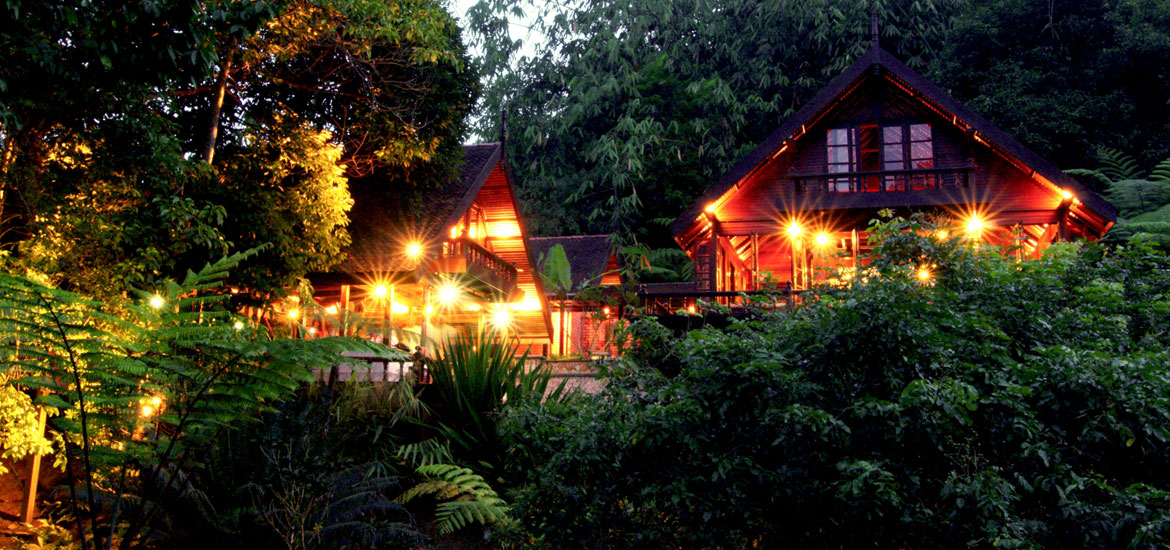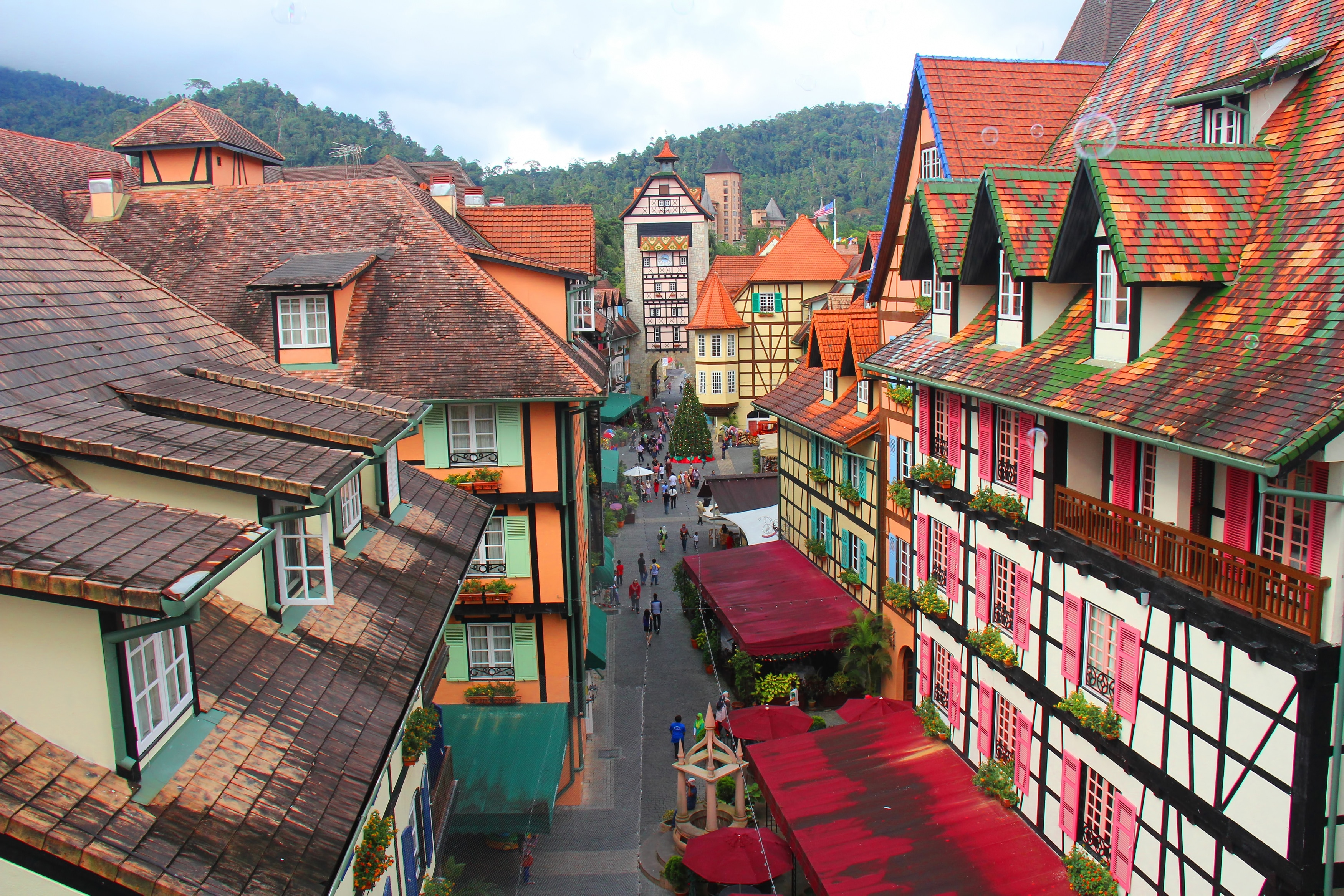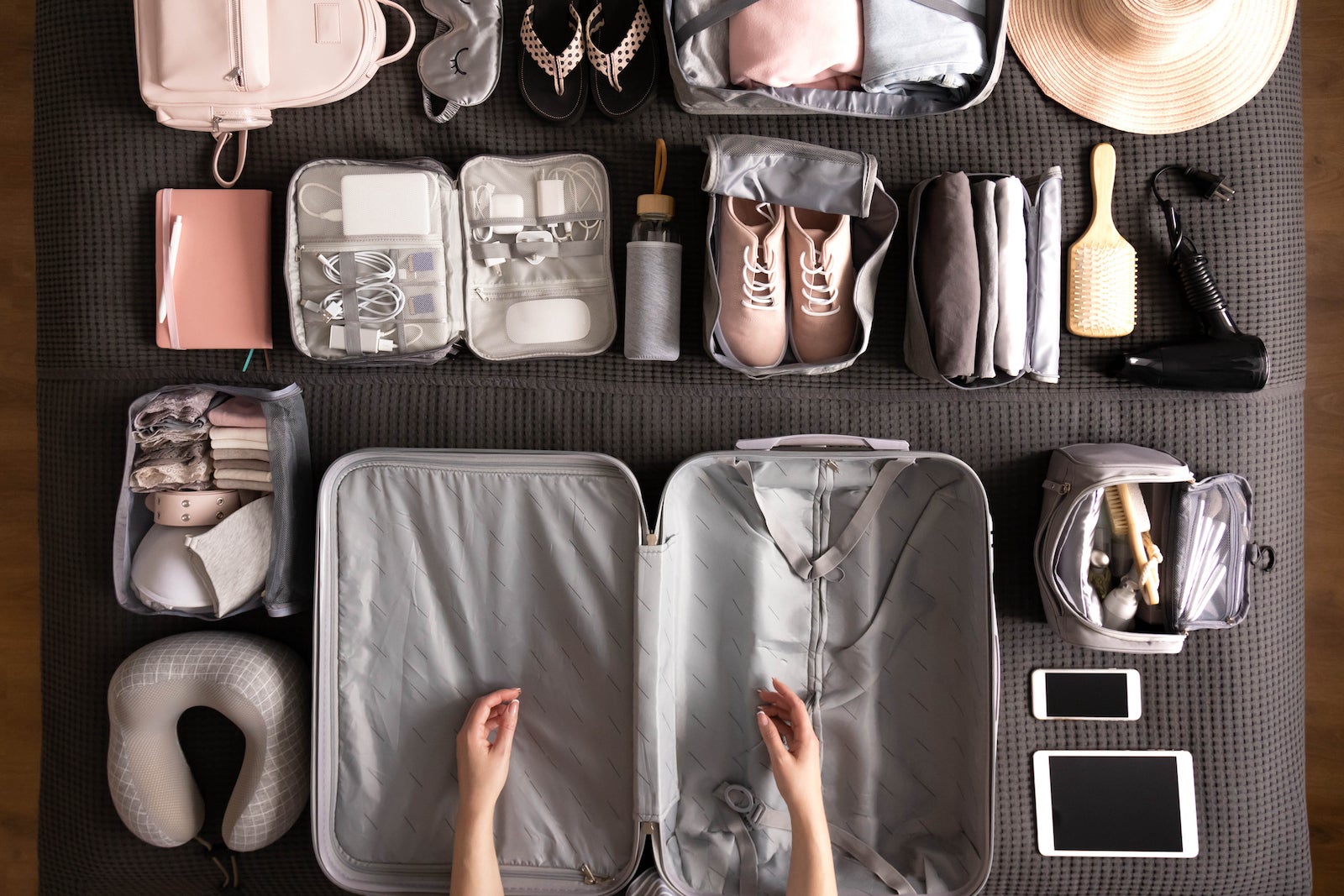When you hear ‘monsoon season in Malaysia’, you probably picture heavy rains, massive floods and disappointing holidays.
Well, you’re partially right.
Malaysia actually has two monsoon seasons – the southwest monsoon (dry), which runs from May to September, and the northeast monsoon (wet), which runs from November to March. Despite being considered a monsoon, the southwest monsoon isn’t as wet compared to its year-end counterpart, which often devastates parts of the country.
This season brings the 4 Hs – Hot sun, Heatwaves, Haze, and Humidity.
The air is drier, there’s less clouds and rainfall, driving the heat up. However, if it does rain, prepare to feel the humidity contributing to the uncomfortably sticky temperatures.
Don’t worry, keep reading to find out where you can travel to avoid the heat, when is the best time to visit the Malaysian east coast, and some travel tips to help you navigate this season.
Warm Sun, Cool Waters: Best East Coast Island Destinations
While it may be hot and hazy on the west coast, this is the ideal time to visit Malaysia’s east coast islands. The islands offer visitors its natural beauty, cultural experiences and generally a slower-paced lifestyle compared to the more urban west coast. It’s well known for its friendly residents, delicious cuisine, heritage, expansive beaches, stunning islands and cool water activities.
-
Perhentian Islands, Terengganu

Perhentian Island. Credit: Gecko Routes
The Perhentian Islands consist of Perhentian Besar (Greater Perhentian) and Perhentian Kecil (Lesser Perhentian). Perhentian Besar tends to be more peaceful and family-oriented, with higher-end resorts often catering to families. Although the island receives many visitors, its large size means it rarely feels overcrowded, offering more chances to discover calm and secluded areas. On the other hand, Perhentian Kecil is more energetic and youthful. The island is popular with backpackers and tourists for its lively nightlife, exciting water sports, affordable accommodation and delicious food options. If you’re interested in underwater exploration, the Perhentian Islands are one of the best islands in Malaysia for snorkelling and scuba diving.
Best time: March – September / Worst time: November – February
-
Redang Island, Terengganu
Just like the Perhentian Islands, this island is another popular destination in Terengganu. The Redang archipelago has been gazetted as a marine park, and as a result, the waters are turquoise and are abundant with coral reefs and marine life. There are many things to do in Redang – spend time lounging on the beaches, stay active with some jungle trekking or take part in fun water activities like kayaking, snorkelling, and scuba diving.
Best time: April – September / Worst time: November – February
-
Kapas Island, Terengganu

Kapas Island. Credit: Sandee
Kapas Island got its name from the island’s beaches that are as soft and white as cotton. While the island isn’t as famous like its neighbours Redang or Perhentian, it’s still a fan-favourite amongst families and backpackers who are looking for an affordable island getaway. The island offers great snorkelling and scuba diving spots with healthy coral reefs, and activities like kayaking, jungle trekking, turtle spotting, and island hopping.
Best time: April – August / Worst time: October – February
-
Tinggi & Sibu Island, Johor
Tinggi and Sibu Islands, located within the protected waters of the Sultan Iskandar Marine Park, are lesser-known gems off the coast of Mersing, Johor. Tinggi Island, nicknamed “General’s Hat” by Chinese seamen centuries ago due to its distinctive peak, offers preserved natural beauty, lush rainforests and a peaceful atmosphere ideal for a quiet, laid-back escape. Sibu Island complements this with its comfortable beachfront resorts and vibrant coral reefs just offshore. Both islands are perfect for families and travellers seeking an affordable retreat away from the crowds. Popular activities include snorkelling, jungle trekking, hiking, kayaking, island-hopping, and visiting turtle hatcheries — all set against the backdrop of crystal-clear waters and untouched landscapes.
Best time: March – October / Worst time: November – February
-
Tioman Island, Pahang

Tioman Island. Credit: Malaysia
Tioman Island, part of the Tioman Island Marine Park, is a well-loved destination known for its stunning coral reefs, diverse marine life, and lush greenery teeming with unique flora and fauna. The island offers a balance of nature and convenience, with local charm found in places like Kampung Tekek, where visitors can enjoy casual shopping and sample local life. Tioman is ideal for adventure seekers and leisure travellers alike, with plenty of opportunities for scuba diving and snorkelling, kayaking, jet skiing, windsurfing, paddleboarding, beach volleyball, and banana boat rides.
Best time: May – September / Worst time: November – February
Note: Some islands may remain operational during the worst travel months. However, ferries, shops, activities and accommodations may be limited or unavailable
Lush & Refreshing: Best Highland Destinations
Ever wondered why all of Malaysia’s popular highland destinations are located in Pahang? Well, that’s because they’re all located on the Titiwangsa Range, a strip of mountain that runs downs the peninsula. This creates the perfect terrain and climate for you to experience cool weather, rolling hills, lush scenery and a much-needed escape from the monsoon heat and humidity.
-
Cameron Highlands, Pahang

Cameron Highlands. Credit: The Petite Wanderess
A serene hill station renowned for its cool climate, tea plantations, and colonial charm. Visit the BOH Tea Estate for its lush tea plantations, warming local tea and scones pair with strawberries. Stroll through the foggy Mossy Forest or head to the Big Red Strawberry Farm to pick fresh strawberries or enjoy strawberry-based delights. Cameron’s also offers visitors many night markets, cultural sites, hiking trails and waterfalls.
Dry season: February – April and July – August / Wet season: May – June and September – January
-
Fraser’s Hill, Pahang
Although less commercialised compared to the other highland retreats, Fraser’s Hill remains a well-known spot for its colonial-era charm, cool weather, lush greenery, and low volume of visitors. It’s a favourite destination amongst avid birdwatchers, hikers, nature lovers, golfers and those who just want to get away from the city. Don’t forget to take pictures with the clock tower in the centre of town or the various quaint cottages!
Dry season: March – September / Wet season: October – February
-
Janda Baik, Pahang

Janda Baik. Credit: Assaffa Design Practice
Janda Baik is a village located in Bentong, just an hours’ drive away from Kuala Lumpur. The area is dotted with riverside and jungle chalets, luxury accommodation and glamping options. Since its so close to the city, many travellers come for a refreshing escape from the urban heat by enjoying the cool morning weather, jungle trekking, family picnics, or swimming at waterfalls.
Dry season: April – October / Wet season: November – March
-
Genting Highlands, Pahang
Genting Highlands is the most commercialised out of all the other highland destinations, as this is due to its high-energy attractions and entertainment. Visitors can head to Genting Premium Outlet, SkyAvenue Complex, First World Complex or Genting Grand Complex if they wish to shop till they drop. Other attractions are the Genting SkyWorlds (outdoor theme park), Genting Skytropolis (indoor theme park), Sky Casino, Chin Swee Caves Temple, Awana Skyway Gondola Cable Car, an onsen spa, luxury hotels, multiple dining options and more. It’s a favourite amongst families, couples, city-dwellers and foreign tourists looking for a unique experience and cool weather.
Dry season: March – September / Wet season: October – February
-
Bukit Tinggi, Pahang

Bukit Tinggi. Credit: Expedia
Bukit Tinggi, also known as Colmar Tropicale, is a French-themed village sitting at an elevation of 800 metres above sea level. The village was inspired by the town of Colmar in Alsace, France, with elements taken from surrounding villages. There are many attractions such as the village itself, which has a hotel and many restaurants, Japanese Village, Botanical Gardens, and temples. It’s cool climate and eye-catching architecture make it a very popular destination for families and tourists.
Dry season: March – October / Wet season: November – March
Travel Tips for the Southwest Monsoon Season

Pack Smart. Credit: The Points Guy
- Pack smart
Bring light, breathable clothing, sunscreen, cap, small towel, reusable water bottle, and a small umbrella or rain coat – heat is intense but occasional showers may happen
- Keep up with the weather
Use reliable weather applications to stay updated, especially if you have outdoor activities or are travelling
- Avoid the afternoon heat
Try to schedule activities during the morning or evenings to avoid roasting during the peak afternoon heat
- Build in Flexibility
Stay open to adjusting your itinerary and keeping your plans flexible so that you can swap activities if needed and never miss out on key experiences
- Choose the Right Destinations
Head east for clear skies and calm seas, or escape to the cool highlands to avoid the haze, heat, and humidity
Don’t Let the Monsoon Season Stop You from Exploring Malaysia!
Monsoon travel in Malaysia doesn’t have to be complicated – in fact, the southwest monsoon is one of the best times to explore the east coast gems before the northeast monsoon arrives. Whether it’s sunny days on the islands or sipping local tea in the highlands, planning ahead helps you make the most of your time.
Ready to book your monsoon-friendly getaway?
For other packages, browse our website or contact us today!

